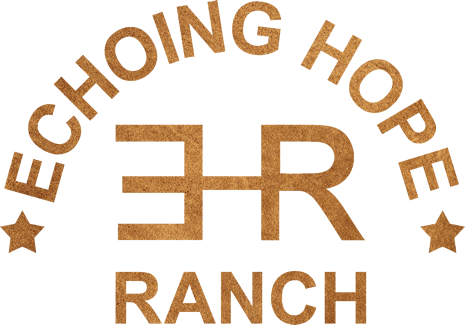What is Autism?
Prevalence
Autism is the most common of the Pervasive Developmental Disorders, affecting an estimated 1 in 68 births and approximately 1 in 64 births in Arizona (Centers for Disease Control Prevention, 2012). Roughly translated, this means as many as 3.5 million Americans today are believed to have some form of autism. It is estimated that by the year 2023, there will be 380,000 adults with autism in need of extensive services. Autism services cost US citizens $236-262 billion annually and the majority of those costs are in Adult services, $175-196 billion.
Based on statistics from the U.S. Department of Education and other governmental agencies, autism is growing at a startling rate of 10-17 percent per year. At this rate, the ASA estimates that the prevalence of autism could reach 4 million Americans in the next decade. Autism is the fastest growing developmental disability (CDC 2008).
Autism knows no racial, ethnic, or social boundaries; family income levels; lifestyle choices; or educational levels, and can affect any family and any child.
Causes
There is no known single cause for autism, but it is generally accepted that it is caused by abnormalities in brain structure or function. Brain scans show differences in the shape and structure of the brain in children with autism versus neuro-typical children.
Researchers are investigating a number of theories, including the link between heredity, genetics and medical problems. In many families, there appears to be a pattern of autism or related disabilities, further supporting a genetic basis to the disorder. While no one gene has been identified as causing autism, researchers are searching for irregular segments of genetic code that children with autism may have inherited. It also appears that some children are born with a susceptibility to autism, but researchers have not yet identified a single “trigger” that causes autism to develop.
Other researchers are investigating the possibility that under certain conditions, a cluster of unstable genes may interfere with brain development, resulting in autism. Still other researchers are investigating problems during pregnancy or delivery as well as environmental factors, such as viral infections, metabolic imbalances, and exposure to environmental chemicals.
Common Characteristics
Many family members report that they “just knew something was wrong.” In many cases they asked their physician who described the problem as a “phase” the child was going through. It is important that parents follow their instincts. If a parent suspects a child is different and is having difficulty coping with his environment, there should be a further study to evaluate what behavioral characteristics exist that may lead a professional to a proper diagnosis. Families should seek the advice of a trained expert — and if autism is suspected, it is critical that the professional be familiar with recognizing and supporting a person with autism.
In the case of autism, there are no medical tests to establish a diagnosis and often the unusual behaviors that a person with autism displays may not be present until the age of 18 months to 3 years.
Every person with autism is an individual, and like all individuals, has a unique personality and combination of characteristics. Some individuals mildly affected may exhibit only slight delays in language and greater challenges with social interactions. They may have difficulty initiating and/or maintaining a conversation. Their communication is often described as talking at others instead of to them. (For example, a monologue on a favorite subject that continues despite attempts by others to interject comments).
People with autism also process and respond to information in unique ways. In some cases, aggressive and/or self-injurious behavior may be present. Persons with autism may also exhibit some of the following traits:
- Insistence on sameness; resistance to change
- Difficulty in expressing needs, using gestures or pointing instead of words
- Repeating words or phrases in place of normal, responsive language
- Laughing (and/or crying) for no apparent reason; showing distress for reasons not apparent to others
- Preference to being alone; aloof manner
- Tantrums
- Difficulty in mixing with others
- Not wanting to cuddle or be cuddled
- Little or no eye contact
- Unresponsive to normal teaching methods
- Sustained odd play
- Spinning objects
- Obsessive attachment to objects
- Apparent over-sensitivity or under-sensitivity to pain
- No real fears of danger
- Noticeable physical over-activity or extreme under-activity
- Uneven gross/fine motor skills
- Non-responsive to verbal cues; acts as if deaf, although hearing tests in normal range
